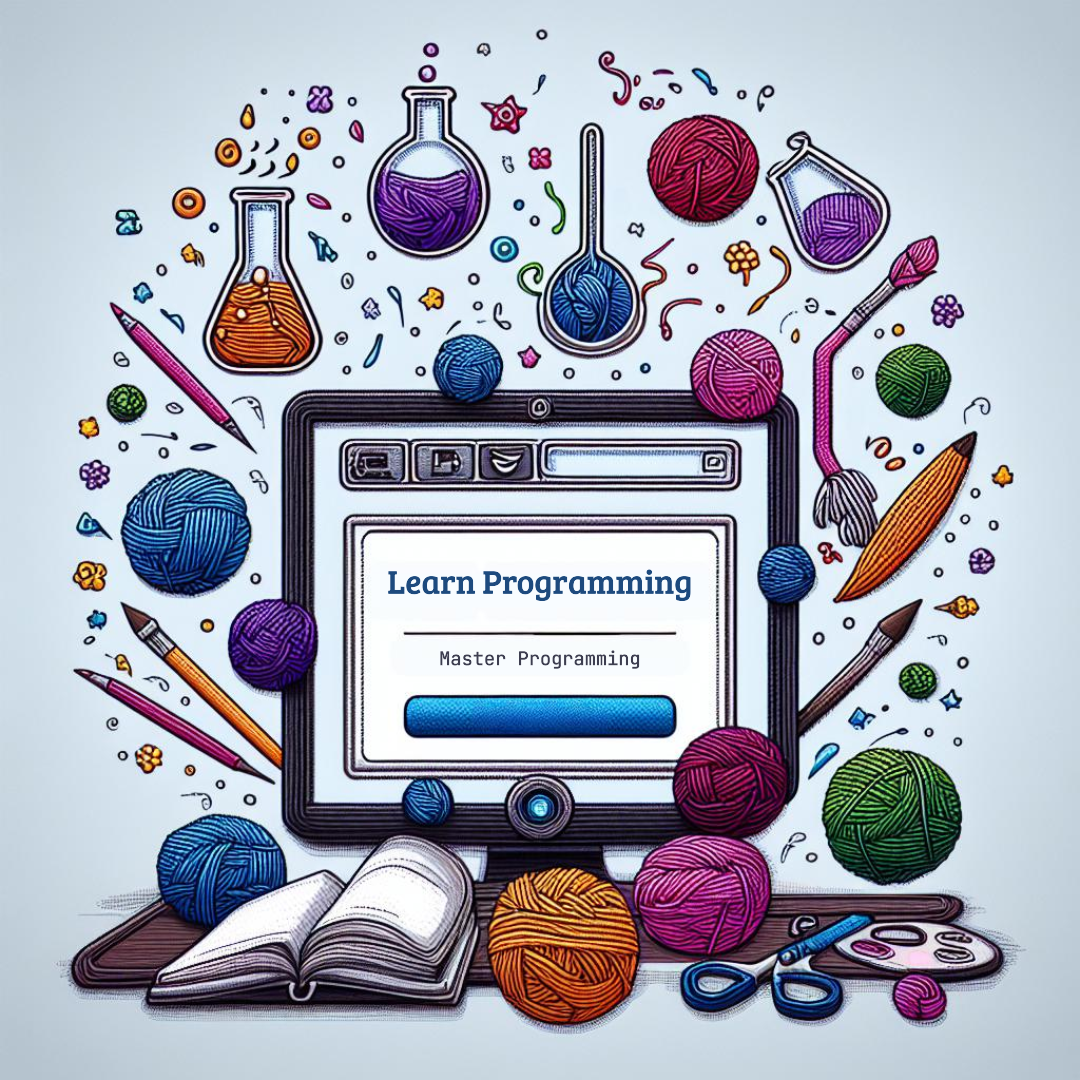Introduction
RSS (Really Simple Syndication) feeds allow users to stay updated with the latest content from websites, blogs, and news sources. An RSS feed contains XML data that can be parsed and read to display the latest news or articles.
In this tutorial, we will demonstrate how to create a simple RSS feed reader using the C++ programming language. The objective is to parse an RSS feed, extract relevant information such as titles and links, and display them in a user-friendly format.
Objective
The goal is to build a basic program that reads an RSS feed in XML format, extracts article titles, links, and descriptions, and displays them in a readable manner.
RSS Feed Reader Program in C++
#include
#include <curl/curl.h>
#include
#include
#include
using namespace std;
using namespace tinyxml2;
size_t WriteCallback(void* contents, size_t size, size_t nmemb, void* userp) {
((string*)userp)->append((char*)contents, size * nmemb);
return size * nmemb;
}
void parseRSS(const string& xmlData) {
XMLDocument doc;
doc.Parse(xmlData.c_str());
XMLElement* channel = doc.FirstChildElement("rss")->FirstChildElement("channel");
if (channel == nullptr) {
cout << "Error: RSS feed is not valid." << endl; return; } XMLElement* item = channel->FirstChildElement("item");
while (item) {
const char* title = item->FirstChildElement("title")->GetText();
const char* link = item->FirstChildElement("link")->GetText();
const char* description = item->FirstChildElement("description")->GetText();
if (title && link && description) {
cout << "Title: " << title << endl;
cout << "Link: " << link << endl;
cout << "Description: " << description << endl;
cout << "------------------------" << endl; } item = item->NextSiblingElement("item");
}
}
int main() {
CURL* curl;
CURLcode res;
string readBuffer;
curl_global_init(CURL_GLOBAL_DEFAULT);
curl = curl_easy_init();
if (curl) {
curl_easy_setopt(curl, CURLOPT_URL, "https://example.com/rssfeed.xml"); // Replace with actual RSS URL
curl_easy_setopt(curl, CURLOPT_WRITEFUNCTION, WriteCallback);
curl_easy_setopt(curl, CURLOPT_WRITEDATA, &readBuffer);
res = curl_easy_perform(curl);
if (res == CURLE_OK) {
parseRSS(readBuffer);
} else {
cerr << "CURL Error: " << curl_easy_strerror(res) << endl;
}
curl_easy_cleanup(curl);
}
curl_global_cleanup();
return 0;
}
Explanation of the Program Structure
The program consists of several key components:
- CURL Library: This is used to fetch the RSS feed from the specified URL. The fetched data is stored in a string for further processing.
- TinyXML2 Library: This library is used to parse the XML data from the RSS feed. We extract the relevant elements like
<title>,<link>, and<description>from each<item>element. - WriteCallback Function: This function handles the data retrieved by CURL. It appends the received data into the
readBufferstring. - parseRSS Function: This function takes the raw XML string and parses it using TinyXML2 to display the feed’s titles, links, and descriptions.
- main Function: The main function initializes the CURL library, retrieves the RSS feed from a specified URL, and then passes the data to the
parseRSSfunction.
How to Run the Program
To run this RSS Feed Reader program, follow these steps:
- Install Dependencies: You will need the CURL and TinyXML2 libraries. Use the following commands to install them:
sudo apt-get install libcurl4-openssl-devsudo apt-get install libtinyxml2.6.2-dev
- Compile the Program: Use the following command to compile the program:
g++ -o rss_reader rss_reader.cpp -lcurl -ltinyxml2
- Run the Program: Once compiled, run the program with the following command:
./rss_reader
Make sure to replace the RSS feed URL with a valid one in the code to fetch the actual feed.

